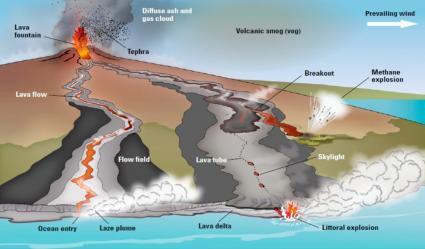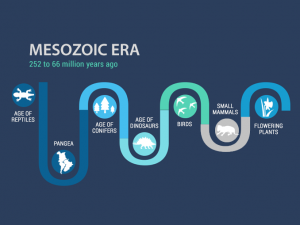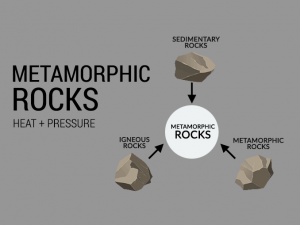3 Types of Volcanoes: Stratovolcano, Shield and Cinder Cone

Types of Volcanoes
There are 3 types of volcanoes:
- Stratovolcanoes
- Shield volcanoes
- Cinder cones
Let’s dive into the differences between these types of volcanoes.
1. Stratovolcanoes (Composite Cones)

Stratovolcanoes are tall and cone-shaped. Instead of flat shield volcanoes like in Hawaii, they have bigger peaks. They build up by layering lava, ash, and tephra.
Examples of stratovolcanoes include:
- MOUNT FUJI: Mount Fuji is a dormant stratovolcano that last erupted in the early 1700s.
- MOUNT TOBA: Mount Toba in Sumatra is 100 kilometers long and 30 kilometers wide is a caldera.
When ash falls or lava flows, it solidifies and makes a narrower cone. At the peak, stratovolcanoes usually have a small crater. But if you blow the whole thing away, you get a large caldera.
Most stratovolcanoes are at subduction zones. If you travel along the Pacific Ring of Fire, these are mostly this type of volcano. The Pacific Ocean seafloor is subducting under the continents. It brings water causing eruptions from stratovolcanoes. Stratovolcanoes run through cycles with lots of small eruptions.
2. Shield Volcanoes

Shield volcanoes earned their name because they’re shaped like a shield. Hawaiian volcanoes are quintessential shield volcanoes. If you go to Hawaii, they are broad and flat. These volcanoes can be hundreds of kilometers wide.
Examples of shield volcanoes include:
- MAUNA LOA: Mauna Loa in Hawaii is the world’s largest active shield volcano. From its base below sea level to its summit, it’s also the tallest mountain in the world.
- FERNANDINA ISLAND: Fernandina Island is an active shield volcano in the Galapagos Islands.
Shield volcanoes tend to erupt fluid basalt lava. Violent explosions are possible. But they’re not as common for shield volcanoes. Because basalt has a low viscosity (more watery), it can flow on the surface better. When these types of volcanoes erupt, lava flows out large distances.
3. Cinder Cones

Cinder cones (scoria cones) are small in comparison to the other types of volcanoes. In fact, they’re only tens of hundreds of meters in size. But at the same time, they’re very steep typically with a bowl-shaped crater at the summit.
Examples of cinder cones include:
- CERRO NEGRO: Cerro Negro is an active cinder cone in Nicaragua. It’s the youngest in Central America first appearing in 1850.
- PARICUTIN: The Paricutin volcano in Mexico is a cinder cone that suddenly erupted in a cornfield. The eruption left a 420-meter-tall cone without erupting ever again.
Cinder cones form out of tephra, magma, and ash that it ejects. When cinder cones spew out lava, it splits it up in the air and splatters. Eventually, it cools down and becomes part of its steep cone-like feature.
Overview of the types of volcanoes
Based on their geography, volcanoes have different appearances. We classify them as stratovolcanoes, shield volcanoes, and cinder cones.
These classifications help us understand the unique characteristics and behaviors of different types of volcanoes.
Would you like to know anything more about the types of volcanoes? Please let us know with a comment below.















What is the difference between a stratovolcano and a composite volcano?
Mistake- more watery is more viscous. Kindly correct.
It is FANTASTIC
It’s a stratovolcano
what kind of volcano is the famous Tambora volcano?
A crater is a small, bowl-shaped dent, which are from volcanic explosions or meteor impacts. Whereas a caldera is much larger… They typically form when a volcano’s top falls into an emptied magma chamber… So the big difference is that craters result from sudden blasts. But calderas happen when the ground gives way after a massive eruption.
What’s the difference between a caldera and a crater?
How long does it take to fully form?
How do volcanoes form igneous rocks?
Does the caldera (not mentioned here) stop erupting completely? It’s the one that is formed when a strato collapses.
What kind of eruption does the Cinder cone volcano have? I know you said something on that topic, but I personally would like it if you elaborate on that a bit more. 🙂
Which one erupts most often?
Are there more shield volcanoes or are there more composite (strato) volcanoes in the world?